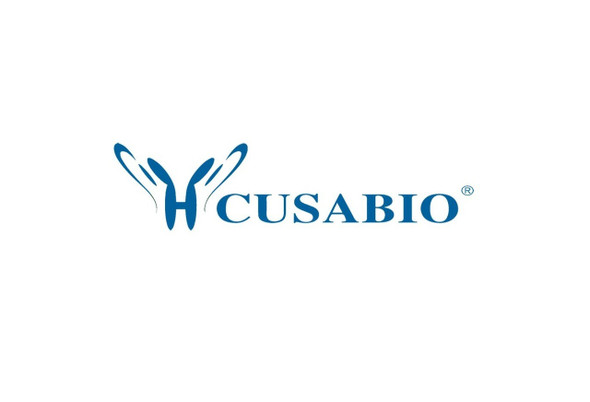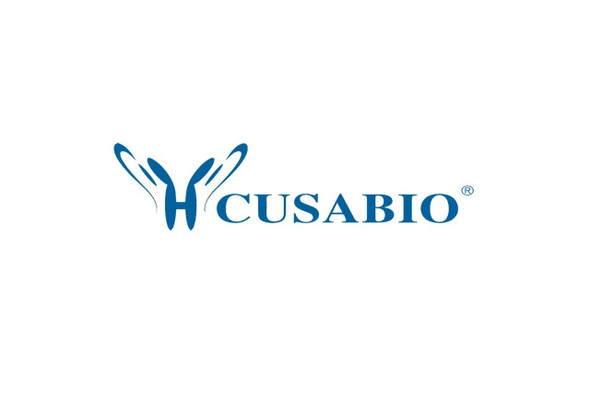Cusabio Polyclonal Antibodies
RLN1 Antibody | CSB-PA575497
- SKU:
- CSB-PA575497
- Availability:
- 3 to 7 Working Days
Description
RLN1 Antibody | CSB-PA575497 | Cusabio
RLN1 Antibody is Available at Gentaur Genprice with the fastest delivery.
Online Order Payment is possible or send quotation to info@gentaur.com.
Product Type: Polyclonal Antibody
Target Names: RLN1
Aliases: relaxin 1
Background: Relaxins are known endocrine and autocrine/paracrine hormones, belonging to the insulin gene superfamily. In humans there are three non-allelic relaxin genes, RLN1, RLN2 and RLN3, where RLN1 and RLN2 share high sequence homology. The protein encoded by this gene is synthesized as a single-chain polypeptide but the active form consists of an A chain and a B chain linked by disulfide bonds. Relaxin is produced by the ovary, and targets the mammalian reproductive system to ripen the cervix, elongate the pubic symphysis and inhibit uterine contraction. It may have additional roles in enhancing sperm motility, regulating blood pressure, controlling heart rate and releasing oxytocin and vasopressin.
Isotype: IgG
Conjugate: Non-conjugated
Clonality: Polyclonal
Uniport ID: P04808
Host Species: Rabbit
Species Reactivity: Human
Immunogen: Fusion protein of human RLN1
Immunogen Species: Human
Applications: ELISA, IHC
Tested Applications: ELISA, IHC;ELISA:1:2000-1:5000, IHC:1:25-1:100
Purification Method: Antigen affinity purification
Dilution Ratio1: ELISA:1:2000-1:5000
Dilution Ratio2: IHC:1:25-1:100
Dilution Ratio3:
Dilution Ratio4:
Dilution Ratio5:
Dilution Ratio6:
Buffer: -20°C, pH7.4 PBS, 0.05% NaN3, 40% Glycerol
Form: Liquid
Storage: Upon receipt, store at -20°C or -80°C. Avoid repeated freeze.
Initial Research Areas: Signal Transduction
Research Areas: Tags & Cell Markers;Signal transduction









